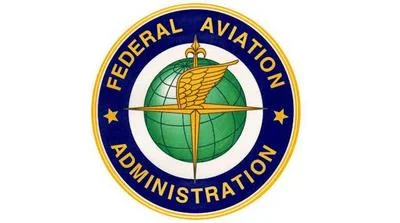The Northrop YA-9 was Northrop's contender in the United States Air Force A-X program, which sought a close air support aircraft. The YA-9 faced off against the Fairchild Republic YA-10, which ultimately evolved into the A-10 Thunderbolt II, known as the "Warthog." There is speculation about whether Soviet engineers were influenced by the YA-9A's design when developing their own ground attack aircraft, the Su-25 Frogfoot.
During the Vietnam War, it became apparent that American forces lacked adequate ground attack aircraft. Existing jets like the F-100, F-105, and F-4 did not have sufficient maneuverability, and the Skyraider lacked armor. This led to the creation of the Attack Experiment (A-X) program for a low-cost attack aircraft capable of carrying substantial weaponry and returning home after sustaining damage. The A-10 was designed with this in mind but was not necessarily economically repairable.
The project faced opposition from the Army, which wanted control over ground support aircraft due to its large helicopter air force. The new aircraft was intended to counter a potential Soviet armored push in Germany and required specifications such as a 30mm cannon and specific speed and range capabilities. Although initially planning to purchase around 600 aircraft, the Air Force eventually acquired 716 A-10s.
 Alerts Sign-up
Alerts Sign-up





































